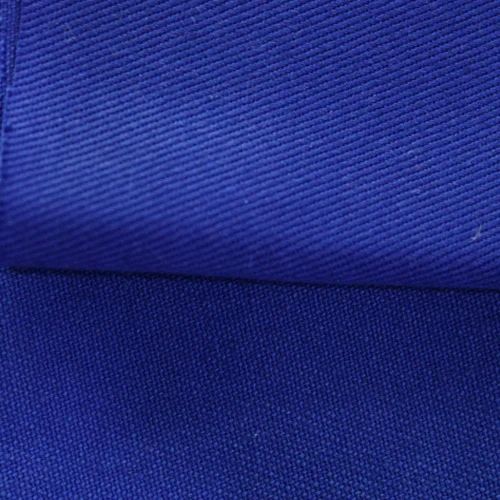In the world of fashion, the quality of clothing plays a crucial role in determining its value and longevity. Low-quality clothes can be described by several key characteristics that set them apart from their higher-quality counterparts. Understanding these characteristics can help consumers make informed decisions when purchasing clothing items. Let's delve into the defining features of low-quality clothes:
- Fabric Quality:
One of the most apparent indicators of low-quality clothing is the fabric used. Low-quality clothes are often made from synthetic materials such as polyester or acrylic, which are cheaper to produce but lack the durability and comfort of natural fibers like cotton, silk, or wool. These synthetic fabrics may feel rough against the skin, lack breathability, and are prone to pilling and fading after a few washes. - Poor Stitching and Construction:
Another hallmark of low-quality clothing is the stitching and construction. Low-quality garments are often hastily assembled with loose threads, uneven seams, and inconsistent stitching. This results in a lack of structural integrity, leading to premature wear and tear. High-quality clothing, on the other hand, features precise stitching, reinforced seams, and attention to detail in construction, ensuring longevity and durability. - Lack of Attention to Detail:
Low-quality clothing typically lacks attention to detail in design and finishing touches. This can manifest as misaligned patterns, mismatched buttons, cheap embellishments, or sloppy hemming. In contrast, high-quality clothing exhibits meticulous craftsmanship, with carefully executed details that enhance the overall aesthetic appeal and functionality of the garment. - Limited Lifespan:
Due to inferior materials and construction, low-quality clothing has a limited lifespan compared to higher-quality alternatives. These garments are more prone to stretching, shrinking, fading, and losing shape after minimal wear and washing. Investing in high-quality clothing may initially cost more but pays off in the long run through extended durability and timeless style. - Brand Reputation and Ethics:
The reputation of the brand can also be a factor in determining the quality of clothing. Established brands with a commitment to ethical manufacturing practices and sustainable sourcing are more likely to produce high-quality garments that prioritize both durability and social responsibility. Conversely, fast fashion brands that prioritize mass production and cost-cutting measures often sacrifice quality for quantity.
In conclusion, low-quality clothing can be identified through its inferior fabric quality, poor stitching and construction, lack of attention to detail, limited lifespan, and brand reputation. By recognizing these characteristics, consumers can make informed choices that prioritize quality, sustainability, and longevity in their clothing purchases. Remember, investing in quality clothing is an investment in both style and sustainability.


